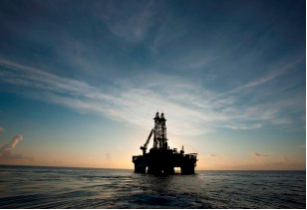BP has awarded a front-end engineering design (FEED) contract to the global oilfield services company TechnipFMC for the Tortue/Ahmeyim liquefied natural gas (LNG) project, located offshore on the border between Mauritania and Senegal
Under the terms of contract, TechnipFMC will provide engineering, procurement, construction and installation (EPCI) services to develop floating production storage and offloading (FPSO) unit for the Tortue/Ahmeyim gas field.
TechnipFMC will work on defining the technology and equipment scope and bringing expertise to deliver major projects, leveraging extensive experience with Chinese fabrication.
In February 2018, the governments of Mauritania and Senegal signed an agreement to enable the development of the BP-operated Tortue/Ahmeyim gas project to continue to move towards a final investment decision. Once completed, the project is expected to export LNG to global markets as well as supplying gas to Senegal and Mauritania and other African nations.
The Tortue/Ahmeyim Field Development is located in the C-8 block off the shore of Mauritania and the Saint-Louis Profond block offshore Senegal. The Tortue discovery was made by Kosmos Energy, which farmed down its investment to BP in December 2016. BP now has the largest interest, approximately 60 per cent, among the four partners in the project.
As Africa is continuously striving to increase its oil and gas production, this significant discovery off the coast of Mauritania is set to enhance Africa’s gas output and increase hydrocarbon export opportunities in large international markets, thus contributing to the economic development across the region.
Commenting on the gas project in Africa, Nello Uccelletti, president of TechnipFMC’s onshore and offshore business, commented, “We are very honoured to be awarded this contract in West Africa which further demonstrates our leading position in offshore gas monetisation. We look forward to collaborating with BP to unlock the full potential of this important project.”
The initial subsea infrastructure connects the first four wells consolidated through production pipelines leading to a FPSO vessel. From here, liquids are removed and the export gas is transported via a pipeline to the floating liquid natural gas (FLNG) hub terminal where the gas is liquefied.




